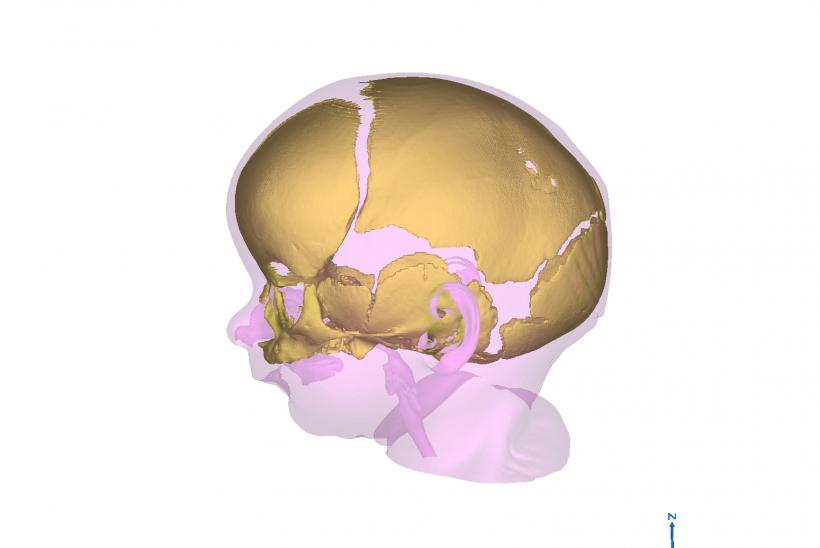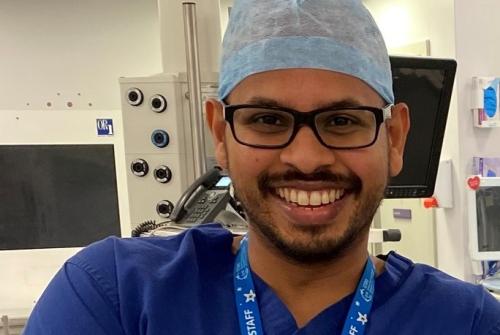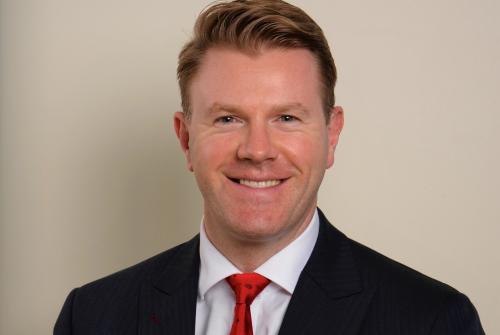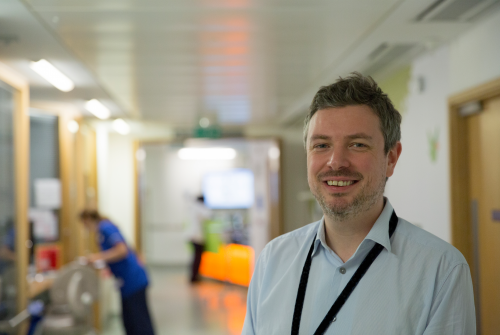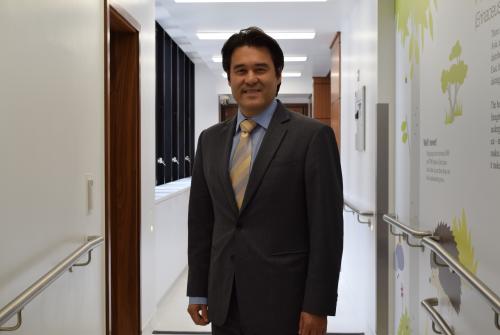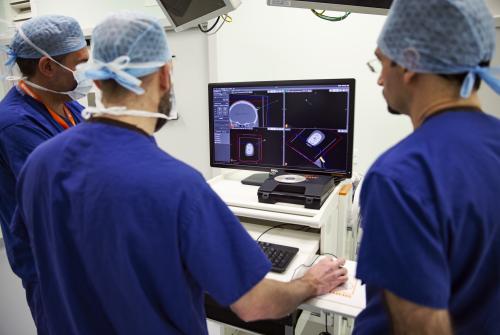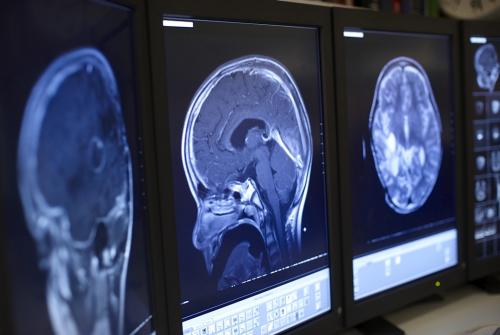Craniofacial
Overview
The Craniofacial Unit is a large multidisciplinary team consisting of plastic surgeons, neurosurgeons, neurologists, dentists, ENT consultants, ophthalmologists, audiologists, genetics teams, speech and language therapists, psychologists, as well as two clinical nurse specialists supporting the children and their families.
We treat children with congenital and acquired craniofacial conditions. Around 250 patients are treated each year and approximately 200 surgical procedures undertaken. About 10 per cent of the surgery is complex midfacial surgery including fronto-facial distraction. We see children from newborn through to 18 years old and link in with the adolescent services at University College Hospital (UCH), which includes maxillofacial surgery.
Outcomes
At GOSH, we developed a Patient-Reported Outcome Measure (PROM) and a Patient-Reported Experience Measures (PREM) for conditions comprising non-syndromic single suture craniosynostosis. Measures were designed with specialist colleagues at GOSH and parents/carers to explore parental concerns and decision-making reasons for surgery, and to understand patient and parent experience. The tools were refined and improved using a phased iterative approach. Parents and carers are asked to complete the PROM before surgery and at six weeks and one year after surgery, and to complete the PREM six weeks after surgery.
-
90% of parents/carers felt that the surgery had achieved what they hoped it would (more than expect – 47%, as expected – 43%)
-
Over 90% of parents/carers said the surgery achieved improved head shape either ‘Very much’ or ‘Quite a bit’.
-
79% of parent/carers said the surgery achieved improved forehead shape either ‘Very much’ or ‘Quite a bit’.
-
83% of parents/carers said the surgery had reduced chances of their child being bullied or teased.
-
90% of parents/carers reported that the surgery was worthwhile.
Conditions we treat
- Single suture synostosis
- Aperts syndrome
- Crouzons syndrome
- Saethre-Chotzen
- Pfeiffers syndrome
- Hemifacial microsomias
- Midfacial clefts
- Facial morphea
- Post-radiotherapy facial deformity
- Treacher-Collins syndrome
- Goldenhar syndrome/hemifacial microsomia
- Craniofronto-nasal dysplasia
Refer your child for treatment
Use the form below to refer your child for treatment. A member of our team will be in touch within 2 working days.
Mandatory fields
